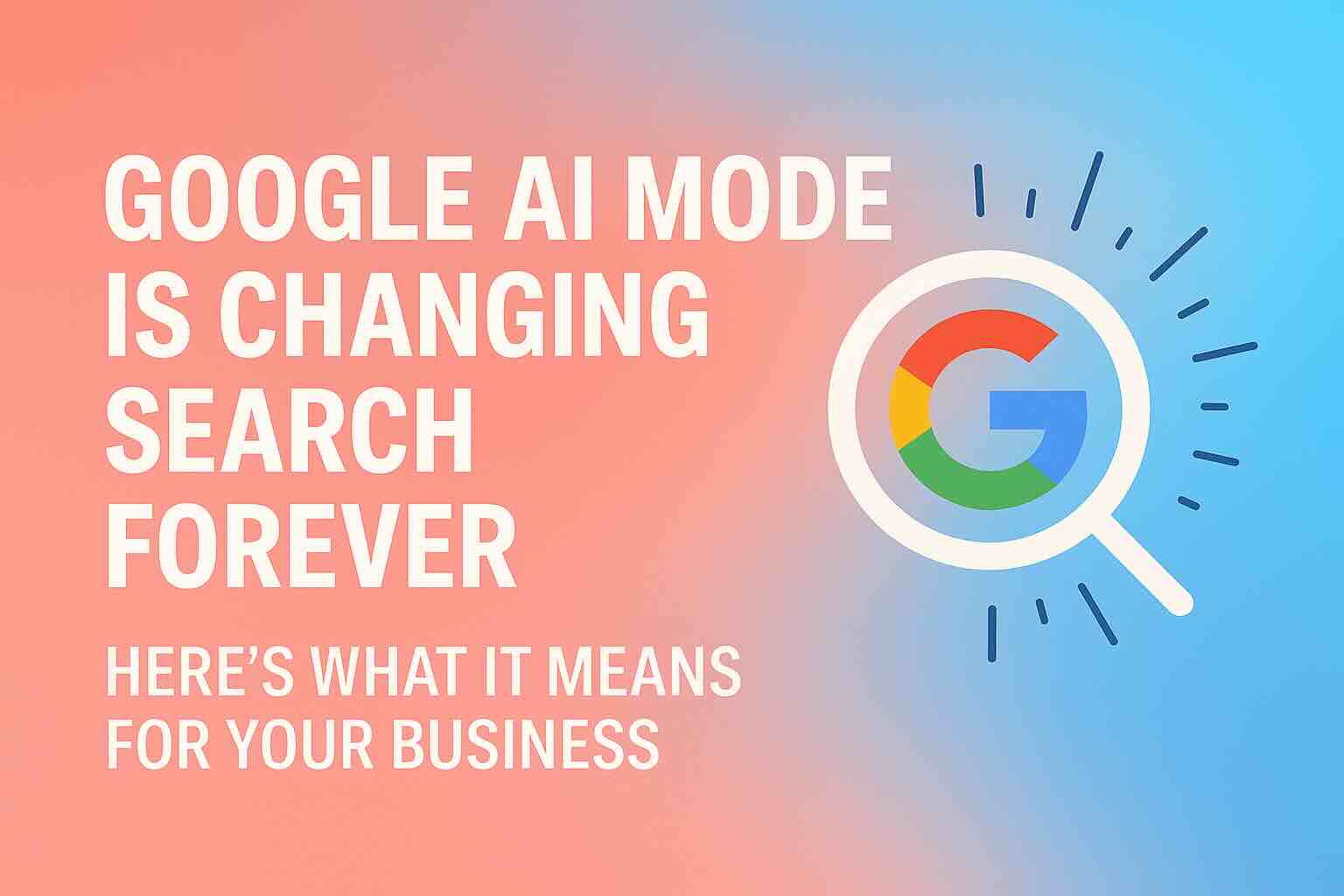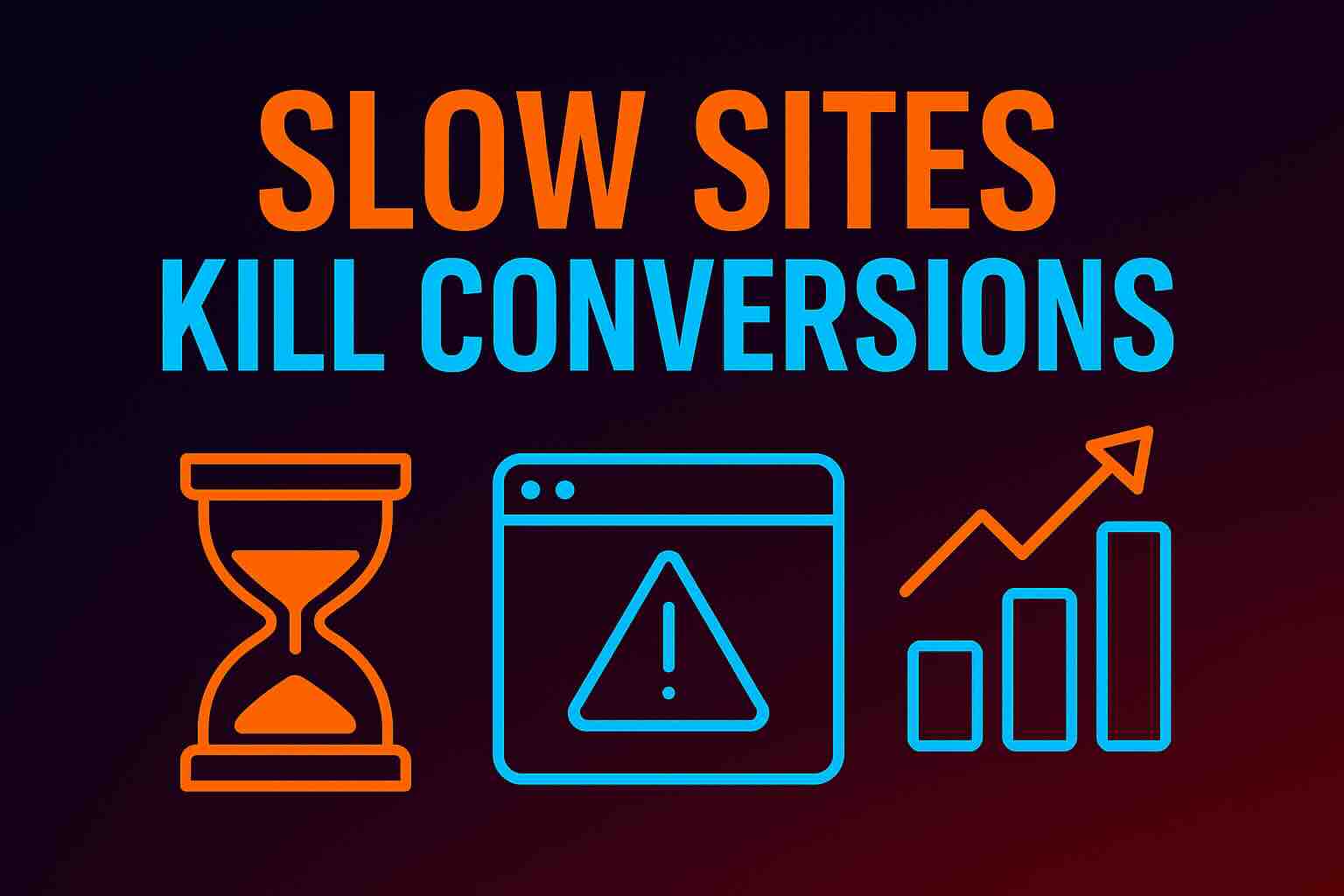What Is Google AI Mode and Why It’s a Big Deal for Startups
Google just turned search into a conversation, and that changes everything for startups. In this guide, we break down what Google AI Mode actually does, how it shifts user behavior, and what early-stage companies need to do to stay visible, relevant, and competitive.
If your traffic depends on people clicking links, you need to understand what’s happening. Those clicks are disappearing.
This article breaks down what AI Mode actually is, how it changes user behavior, which sites are at risk, and what smart businesses can do to adapt fast.
What Is Google AI Mode?
At I/O 2025, Google launched AI Mode, a new AI-powered search experience. It replaces the familiar list of links with a conversational interface. When you search, you get an in-depth answer written by AI. Then, you can ask follow-up questions. It feels more like chatting with an expert than using a search engine.
Why now? According to Google, power users wanted more than quick answers. They wanted context, clarity, and the ability to explore topics in real time—without opening ten tabs. AI Mode is their answer.
Google AI Mode Features and What They Mean for Marketers
- Conversational Q&A
Users get direct answers and ask follow-ups. That means fewer clicks. Your content needs to be strong enough for the AI to reference. Ads may get fewer impressions, especially on top-funnel queries. - Deep Search
For complex questions, AI Mode runs hundreds of queries and delivers a complete answer. If your brand publishes detailed research, you may be cited—but don’t expect much direct traffic. - Live Multimodal Search
Users can point their camera at something and ask a question. To show up, your images and metadata need to be well optimized. Google will rely on that to understand what it sees. - Agentic Tasks
AI Mode can act on behalf of users—like comparing tickets or booking a table. If your business integrates with Google’s systems, you’ll benefit. If not, you risk being left out completely. - AI Shopping and Try-On
Users can ask for product advice, try on clothes, and even check out directly from search. Retailers need rich visuals and product data that play well with Google’s Shopping Graph. - Personalized Context
With permission, Google can personalize results using search history, emails, and more. That means your ranking might change from user to user. Structured data and local signals matter more than ever. - Data Visualization
For data-heavy questions, AI Mode creates instant charts. If your site just shares numbers, you’ll lose visibility. What keeps users coming back is insight, not just data. - Integrated Ads
Existing Search and Shopping ads can show up in AI answers. No new formats yet, but campaign targeting needs to shift. Focus on relevance to AI-style queries and monitor your results closely.
Sites Likely to Lose Traffic
- Generic How-To and Informational Blogs
Travel guides, recipes, DIY tutorials—these are often summarized completely in AI Mode. Users don’t need to click through. - News Publishers
Some outlets have reported click-through drops of over 50 percent where AI answers replace headlines. - Q&A and Factual Content Sites
Dictionary-style answers and trivia are now served directly by the AI. These sites have seen traffic declines between 15 and 64 percent.
Sites Less Affected
- E-commerce
Shoppers still need to visit your site to compare products and check out. These sites are mostly stable. - Booking Platforms
Flights, hotels, and restaurants require direct booking. Even if Google makes a suggestion, users still need to complete the process themselves.
Sites That Could Gain or Hold Strong
- Original Research and Proprietary Tools
AI Mode struggles to flatten complex or exclusive content. You may get more citations and better-qualified visitors. - Branded Queries
People who search for you by name are more likely to see your site in the results. That traffic is holding up well. - Community and Multimedia Platforms
YouTube, Reddit, GitHub—these sites often show up in AI results as sources. People still click through to explore deeper or participate.
What This Means for SaaS and B2B
- Top-of-funnel content is at risk
Basic explainer posts may be summarized and skipped. Focus less on “what is” and more on “how to choose” or “how we solved.” - Bottom-of-funnel content still drives action
Pricing, integrations, and onboarding content matter more than ever. This is what users still click for. - Brand searches are more important than rankings
The more people know and trust your name, the more visible you’ll stay in an AI-driven world.
How to Stay Competitive in AI Mode
- Publish content that AI can’t easily replicate—original data, expert insights, deep opinion.
- Make sure your product and service pages are optimized for conversion.
- Double down on building a recognizable brand. Branded search is your best defense.
- Use videos, tools, calculators, and visual formats that resist being summarized away.
- Measure visibility, citations, and branded searches—not just pageviews.
Bottom line: AI Mode rewards originality and punishes duplication. If your content is generic, it won’t survive. If it’s irreplaceable, it will rise.
Paid Search Is Being Rewritten by Google AI, Adapt or Fall Behind
This post breaks down what's changed, where things are headed, and how performance marketers can stay ahead. [anchor id=1] Two…
Reading Time: 3 min
AI SEO Is Changing the Game & Here’s How to Win It
AI is rewriting the rules of search. If your SEO strategy still treats Google like a list of ten blue…
Reading Time: 4 min
If Your Site Is Slow, You’re Burning Budget: Why Tech Simplicity and Speed Beat Flashy Stack Bloat
You can have the biggest PPC budget on the planet—but if your site loads like it’s stuck in 2004, you’re…
Reading Time: 3 min



